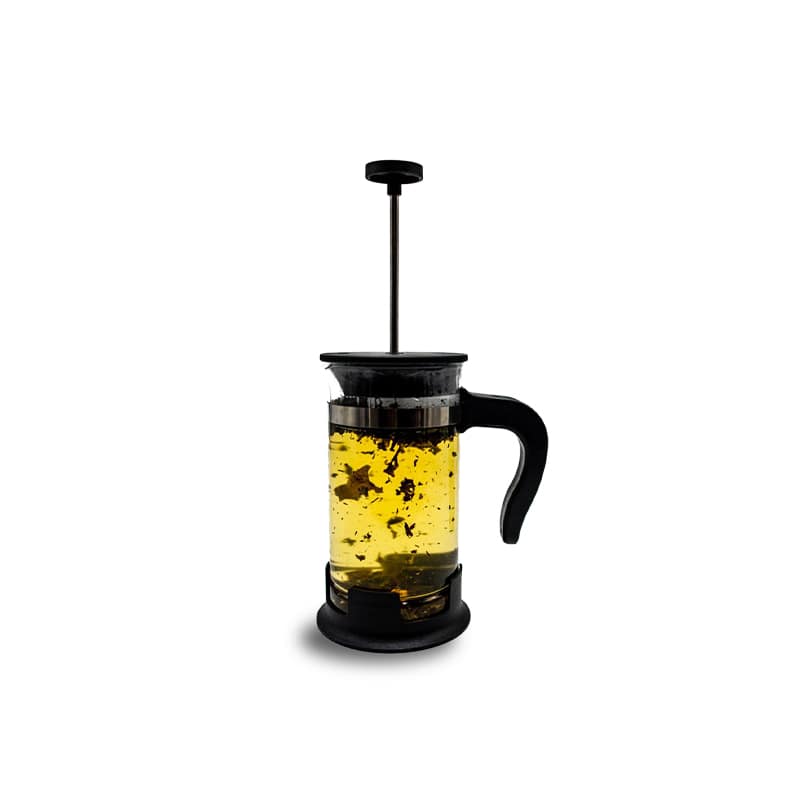If you have ever wondered what does green tea taste like, this blog can be your guide. Green tea is a refreshing beverage many people opt for, instead of coffee or tea. Moreover, it’s widely known for the numerous benefits it provides to its drinkers. Continue reading below if you want to know what does green tea taste like. Other than that, we’ll include the various health benefits it has to offer.
What Is Green Tea?
Green tea is a variety of tea crafted from the leaves of the Camellia sinensis plant. Which have undergone minimal oxidation throughout the processing phase. Green tea commonly presents a refreshing, grassy flavor complemented by subtle vegetal undertones and gentle sweetness. Unlike black tea, which is fully oxidized, green tea is heated or steamed soon after harvesting to prevent oxidation. Furthermore, maintaining its innate green hue and flavor characteristics. Therefore, try it today to know what does green tea taste like.
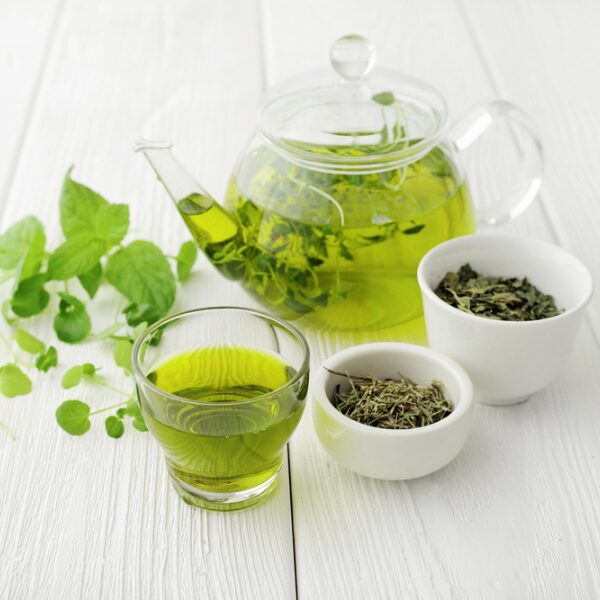
To begin with, a minimal processing allows green tea to retain more of its natural antioxidants and nutrients. Thus, making it popular for its potential health benefits. Overall, green tea is enjoyed worldwide and comes in various varieties, each with its own unique taste and aroma. Additionally, influenced by factors such as growing conditions, processing methods, and leaf quality that contribute to what does green tea taste like.
Understanding The Flavor Profiles of Green Tea
Firstly, green tea is known for its delicate yet complex flavor profile. Besides being influenced by various factors such as the tea cultivar, growing region, harvesting time, and processing methods. Moreover, here’s a breakdown of the typical flavor profiles found in green tea to know what does green tea taste like.
1. Grassy:
Green tea often exhibits grassy or vegetal notes, reminiscent of freshly cut grass or steamed greens. Furthermore, this flavor is particularly prominent in Japanese green teas like Sencha and Gyokuro.
2. Umami:
Umami, often described as a savory or brothy taste, is prevalent in certain green teas, especially Japanese varieties like Matcha and Genmaicha. Hence, this savory flavor adds depth and complexity to the tea.
3. Nutty:
Some green teas have nutty undertones, resembling roasted nuts or toasted grains. In addition, this flavor is common in Chinese green teas like Longjing (Dragonwell) and Biluochun.
4. Sweet:
Green tea can possess natural sweetness, ranging from mild to pronounced, depending on the tea variety and processing techniques. As a result, the sweetness often balances out the grassy or astringent notes.
5. Astringent:
Astringency refers to the drying or puckering sensation in the mouth caused by tannins present in the tea leaves. Additionally, Green teas can exhibit varying levels of astringency, with some being more astringent than others. However, astringency is often perceived as a refreshing quality in moderation changing what does green tea taste like.
6. Floral:
Certain green teas, particularly those from China such as Jasmine green tea or Anji Bai Cha. Moreover, teas may have floral notes reminiscent of jasmine, orchid, or lilac. Thus, these teas often have a delicate and aromatic profile.
7. Marine:
Some green teas, especially those from coastal regions, may have subtle hints of seaweed or oceanic notes. As a result, this flavor profile is more commonly found in Japanese green teas like Sencha and Wakocha.
8. Fruity:
While less common in green teas compared to other types like white or oolong teas. Hence fruity notes can still be present, ranging from citrusy to tropical fruit flavors. Moreover, these fruity undertones add complexity to the tea’s flavor profile.
9. Herbaceous:
Overall, green teas can exhibit herbaceous qualities, resembling fresh herbs like basil, mint, or parsley. Moreover, this flavor profile adds freshness and vitality to the tea.
In addition, understanding the diverse flavor profiles of green tea can enhance your appreciation and enjoyment of this beloved beverage. Therefore, allowing you to explore different varieties and brewing techniques to experience their unique characteristics fully. As a result, enabling one to understand what does green tea taste like.
Factors Affecting the Taste of Green Tea
1. Processing Method:
The method used to process green tea, such as steaming or pan-firing, significantly influences its flavor profile. Additionally, Japanese green teas are typically steamed, resulting in a vegetal and grassy taste. Whereas, Chinese green teas are often pan-fired, leading to a nuttier or toasted flavor.
2. Growing Conditions:
Factors like altitude, climate, and soil composition impact the taste of green tea. Furthermore, teas grown at higher altitudes or in cooler climates tend to have more nuanced flavors compared to those grown in warmer regions.
3. Brewing Temperature:
Green tea is best brewed at lower temperatures (around 160°F to 180°F or 70°C to 80°C) to avoid extracting bitter compounds. Furthermore, Brewing at excessively high temperatures can lead to a bitter flavor. Additionally, On the other hand, brewing at too low a temperature may not fully develop the tea’s flavor. Hence altering what does green tea taste like.
Different types of Green Tea
1. Sencha:
Popular Japanese green tea with a grassy flavor and sweet aroma, made from steamed tea leaves.
2. Matcha:
Finely ground green tea powder with a vibrant green color and rich, umami flavor, used in Japanese tea ceremonies.
3. Gyokuro:
Shade-grown Japanese green tea with a sweet and mellow taste, high in amino acids for a smooth texture.
4. Dragon Well (Longjing):
Famous Chinese green tea with a flat shape, subtly sweet flavor, and chestnut-like aroma, pan-fired for a smooth taste.
5. Gunpowder:
Chinese green tea consisting of tightly rolled pellets, offering a bold, slightly smoky flavor and lingering aftertaste.
6. Bancha:
Japanese green tea made from older, larger leaves, featuring a robust flavor with a slight astringency, harvested later in the season.
7. Hojicha:
Roasted Japanese green tea with a reddish-brown color, nutty taste, and reduced caffeine content from high-heat roasting.
8. Genmaicha:
Japanese green tea blended with roasted brown rice, known as “popcorn tea,” offering a unique savory flavor with a nutty aroma.
Best Food Pairings for Green Tea
1. Sushi and Sashimi:
Green tea’s clean taste complements the delicate flavors of raw fish, providing a refreshing balance.
2. Japanese Rice Dishes:
Green tea refreshes the palate between bites of rice dishes, offering a cleansing effect.
3. Light Pastries:
The floral and grassy notes of green tea harmonize with the subtle sweetness of light pastries.
4. Fresh Fruit:
Green tea’s bright and refreshing qualities complement the natural sweetness of fruits, creating a revitalizing snack or dessert.
5. Salads and Light Appetizers:
Green tea enhances the flavors of fresh vegetables and light dressings, providing a crisp and clean taste.
Top 5 Benefits of Drinking Green Tea
1. Antioxidant Powerhouse:
Rich in antioxidants, green tea fights free radicals, reducing the risk of chronic diseases.
2. Heart Health:
Regular consumption lowers LDL cholesterol and triglycerides, promoting cardiovascular health.
3. Weight Management:
Boosts metabolism and fat oxidation, aiding in weight loss and management. Additionally, Many people become regular drinkers once they know what does green tea taste like.
4. Brain Boost:
Enhances mood, memory, and attention, thanks to caffeine and L-theanine.
5. Diabetes Prevention:
Improves insulin sensitivity, potentially lowering the risk of type 2 diabetes.
Brewing Tips for Optimal Flavor of Green Tea
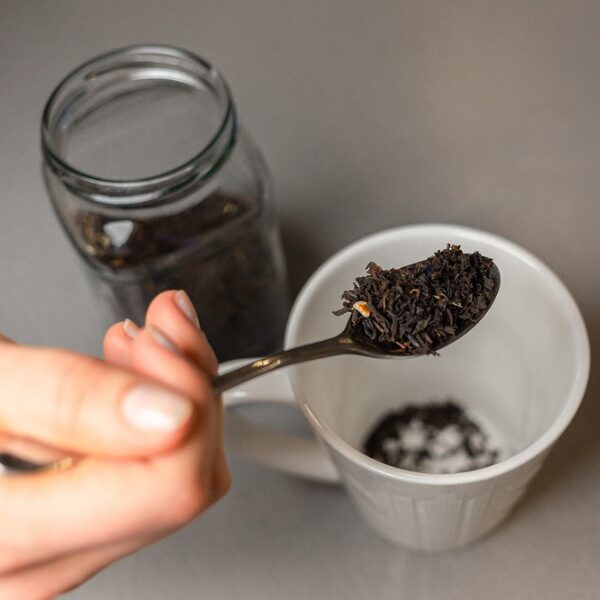
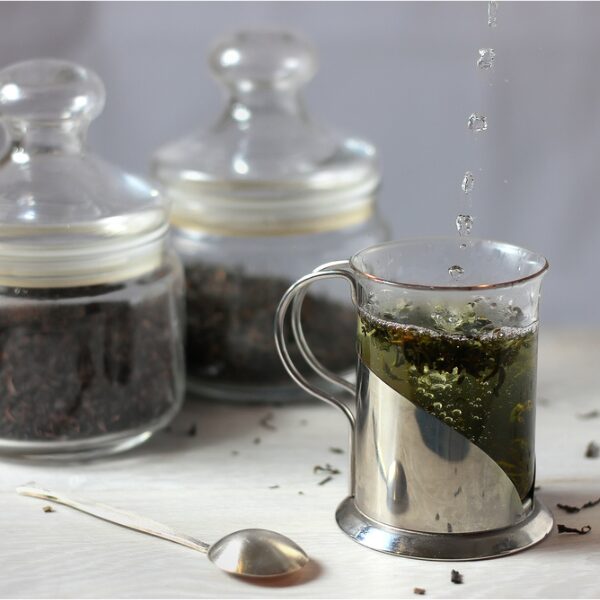
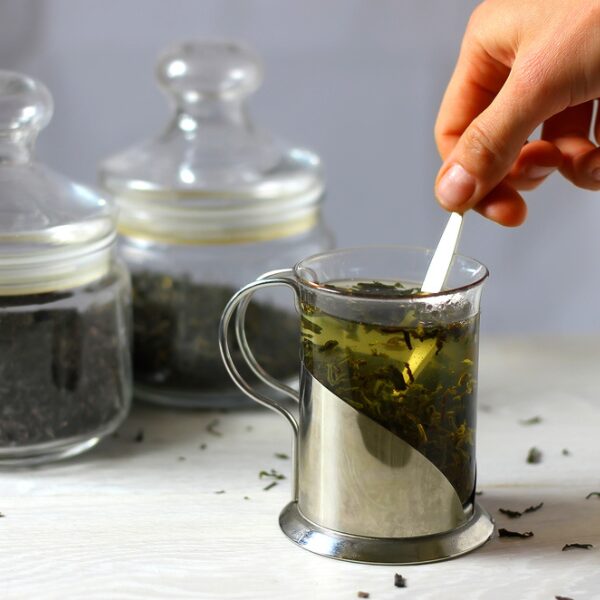
In case you’d require them, here are the top five brewing tips for optimal green tea flavor:
1. Water Temperature:
Maintain it between 160°F to 180°F (70°C to 82°C) to avoid bitterness.
2. Steeping Time:
Stick to 1 to 3 minutes; prolonged steeping leads to bitterness.
3. Tea-to-Water Ratio:
Use 1 teaspoon of green tea leaves per 8 ounces (240 ml) of water for balanced flavor.
4. Cover While Steeping:
Trap heat and aroma by covering the tea vessel during brewing.
5. Avoid Overbrewing:
Prevent bitterness by not steeping green tea for too long; adjust strength by adding more leaves instead.
Green Tea at CupsnChai
CupsnChai is a modern cafe located in Michigan. Firstly, our goal is to provide authentic South Asian flavors to those who seek them. Hence, our menu ranges from wraps to pizzas, green tea, savory snacks, refresher drinks, chai and much more. Moreover, we have an open-area seating arrangement that can easily house many people without much hassle.
Wrapping It Up
In conclusion, if you’re yet to discover what does green tea taste like, do come to CupsnChai. You can easily visit whether you’re from Canton, Ann Arbor, Dearborn, Farmington, Novi, or Ypsilanti. Moreover, do drop by with friends or family over the weekend. Furthermore, you can also enjoy our creations by placing orders online.
Frequently asked questions
1. Does all green tea taste the same?
No, different green teas can have varying tastes depending on factors like region, processing, and quality. You can try one today to know what does green tea taste like.
2. How can I enhance the taste of green tea?
You can enhance the taste of green tea by adding ingredients like honey, lemon, mint, or ginger.
3. Are there any green teas that taste different from traditional varieties?
Yes, there are flavored green teas like jasmine green tea or matcha that taste different from traditional varieties.
4. Is green tea sweet or bitter?
Green tea can have both sweet and bitter notes, depending on factors like brewing time, temperature, and the specific type of green tea.




